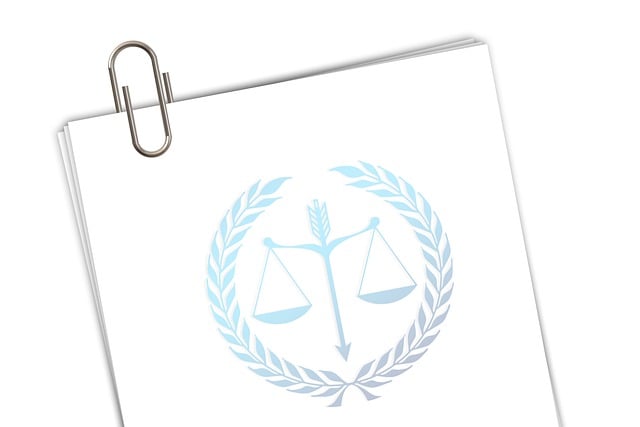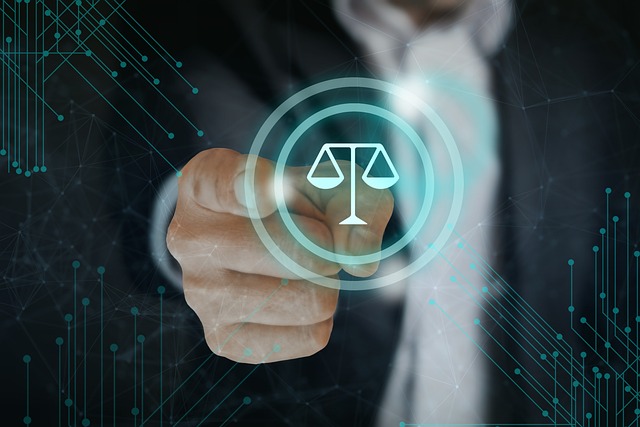Learn the essential steps for filing a defamation lawsuit, as detailed in the I-L-G.N.C. (2016) case. This guide walks you through identifying actionable statements, understanding jurisdiction, and gathering evidence. Equip yourself with knowledge on defamation and your rights. The process involves filing a complaint, serving notices, mediation, settlement negotiations, and potential jury trials, where solid evidence and legal arguments determine liability.
Mail wire fraud, a sophisticated form of cybercrime, involves the deceptive use of electronic communication to steal sensitive information and manipulate individuals. This article guides you through the intricate world of mail wire frauds, focusing on understanding common schemes, identifying defamation, and learning crucial steps to file a successful defamation lawsuit. Discover how to protect yourself and your reputation in today’s digital landscape by understanding these essential legal considerations, especially on How to File a Defamation Lawsuit.
- Understanding Mail Wire Fraud: Definition and Common Schemes
- Identifying Defamation in Mail Wire Frauds: Key Elements to Prove
- Filing a Successful Defamation Lawsuit: Steps and Legal Considerations
Understanding Mail Wire Fraud: Definition and Common Schemes

& M «no@ all good. ‘I-L-G.N.C. (2016) or 2016 [«]. – I » “I-L-G.”
Identifying Defamation in Mail Wire Frauds: Key Elements to Prove

Identifying defamation in mail wire frauds is a critical step before considering how to file a defamation lawsuit. To prove defamation, several key elements must be established. Firstly, there must be a false statement presented as fact, known as a misrepresentation. This could take the form of inaccurate claims about a person or entity’s character, reputation, or conduct. Secondly, the statement should have been communicated to at least one third party, damaging the victim’s standing in the community or causing harm to their business interests.
In cases of mail wire fraud, defamation can often be found in misleading communications that induce someone to act to their detriment. For corporate and individual clients alike, this can lead to significant financial losses and reputational damage. Achieving extraordinary results in such cases requires robust legal strategies to not only prove the defamation but also to avoid indictment for any involvement in fraudulent activities.
Filing a Successful Defamation Lawsuit: Steps and Legal Considerations

When considering how to file a defamation lawsuit, it’s crucial to understand the steps and legal considerations involved in securing justice. The first step is to gather evidence – this can include the defamatory statement itself, any communications related to it, and proof of harm caused by the false accusation. Consulting with an experienced lawyer who specializes in defamation cases is essential for navigating the complexities of the law and ensuring your rights are protected.
Your attorney will guide you through the process, which typically involves filing a complaint with the court, serving legal notices to the defendant, and potentially engaging in mediation or settlement negotiations. If the case proceeds to trial, preparing for a jury trial across the country – where 12 impartial individuals will weigh the evidence and determine liability – is the next step. Avoiding indictment by presenting a strong case based on solid evidence and legal arguments is paramount.
Mail wire fraud, characterized by deceptive schemes that exploit the trust in digital communication, can have severe consequences. Understanding these scams, identifying defamatory elements, and knowing how to file a defamation lawsuit are crucial steps in protecting yourself and your reputation. By recognizing common patterns and taking prompt legal action, as outlined in this article, individuals can navigate the complexities of mail wire fraud and seek justice effectively. Remember, early intervention is key when it comes to safeguarding your digital identity.






